
Stay up-to-date on the latest infectious disease news by checking out our top 5 articles of the week.

Stay up-to-date on the latest infectious disease news by checking out our top 5 articles of the week.

Keith S. Kaye, MD, MPH, discusses the current treatment landscape for pneumonia in the ICU setting, and previews the topline results of the phase 3 RESTORE-IMI 2 trial.

Reported hepatitis A vaccinations consistently fell below potentially achievable coverage between 2008 and 2017, highlighting the need for to improve simultaneous administration of childhood vaccines, according to the CDC.

As of October 8, 2019, a total of 21 individuals have been infected with the outbreak strain of Salmonella across 13 states.
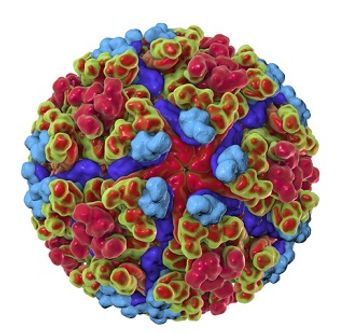
An accidental discovery of a thermostable protein leads to the creation of an engineered vaccine that promises to be a boon to developing countries.

Anandi Sheth, MD, MSc, summarizes her presentation on HIV prevention in women and discusses the need for more women in pre-exposure prophylaxis research.

HIV testing rates have improved among men who have sex with men in Africa, but new research indicates the developments are not enough to meet the UNAID’s 90-90-90 targets.

When guidelines are quickly implemented for C diff treatment recommendations, the changes are reflected quickly.

Health officials provide 4 strategies to improve C auris surveillance efforts.

Newborn dried blood spot testing is not sensitive enough to diagnose all cases of congenital cytomegalovirus (cCMV) in infants with sensorineural hearing loss.
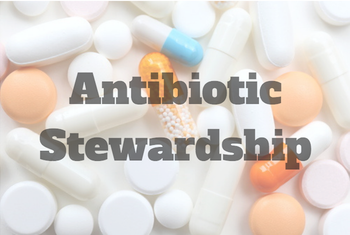
Regulations are redundant and lack specific standards for hospital compliance, experts say.

University of Illinois at Chicago investigators compared virologic failure among MSM and transgender women receiving HIV care at a community-based model with those receiving care at a hospital-based model.
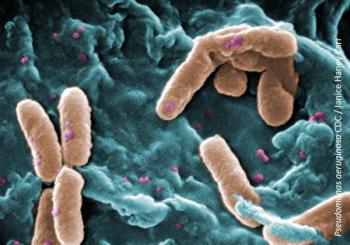
In the absence of interpretive criteria, Fosfomycin has been used to treat Psuedomonas aeruginosa infections, but new research suggests that this option should be evaluated further.

The Closing Plenary of IDWeek 2019 discussed the challenges of vaccination and the optimism that we may be on the path to eradicating some global infectious diseases.

Millennials are a major population affected by the opioid crisis, which has now translated to an increase in hepatitis C virus infections among the generation.

Long-term care facilities participating in a statewide initiative in Nebraska saw improvements in antimicrobial stewardship, including drops in antibiotic starts and C diff infections.
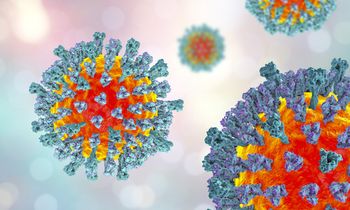
The announcement came just 1 day after health officials in New York State declared the end of the Rockland County measles outbreak.

In the first study of its kind, investigators found ceftolozane/tazobactam is more effective than the most common therapy for multidrug-resistant P aeruginosa.

For individuals living with HIV, switching suppressive HIV regimens may be considered for a variety of reasons including treatment simplification, improved safety and tolerability, drug-drug interactions, or cost.

ART-related medication errors can occur and lead to suboptimal therapy and in some cases treatment resistance.

Approximately ≥60% of men who have sex with men (MSM) find sexual partners via the internet, primarily through Grindr, which is the most popular dating app among MSM.

In general, women shared many of the same positive perceptions of long-acting ART that men did but offered unique insight.

Switching from TDF to TAF was associated with a 13% increase in the expected mean for ASCVD risk score (95% CI: 4%, 23%).

The study investigators conclude that U=U awareness seems to be improving among GBMSM, with HIV-negative individuals making the most progress.

A team of investigators set out to evaluate if administering CMV HIG to women with primary CMV infection during pregnancy could reduce congenital infections.
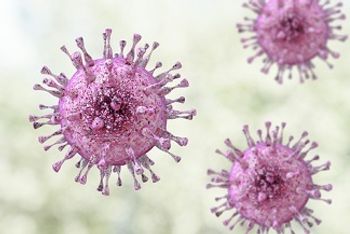
In a late-breaking presentation at IDWeek 2019, investigators from Israel sought to evaluate the effect of the antiviral drug valacyclovir on the rate of vertical transmission of CMV.

The mobile unit provided services to 229 clients from October 2018 to April 2019, 168 (73.7%) of whom sought PrEP.

Here is a look at infectious disease-related US Food and Drug Administration (FDA) news from the week of September 29, 2019.

Machine learning prediction accuracies ranged from 75.6% (P aeruginosa and ceftazidime; 90/119 correctly predicted) to 98.1% (P aeruginosa and amikacin; 105/107 correctly predicted).

We’ve rounded up a list of important US Food and Drug Administration (FDA) and US Department of Agriculture (USDA) recalls from this past week.